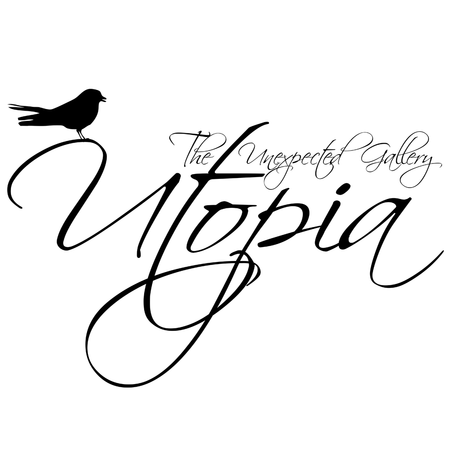The Agony and the Ecstasy of Oil Painting
Jac Scott
A friend recently asked me if I ever get bored painting the coast? My reply came easily - the coastline is always changing, in every second it metamorphoses. Aiming and failing to capture that energy or tranquility is so bewitching that I'll never master it or tire of trying to do so.
Painting the Norfolk Coast
The elements of sky, sea and shore dance and shift continually. It's the movement and the interplay of the elements that is beguiling. Standing before the ocean and absorbing the sights, sounds and smells to carry home to the studio, is both humbling and invigorating. I find making short videos of the panorama can help the journey, but nothing matches the initial excitement of the moment. Doing quick sketches and colour studies are an intrinsic part of the process. The large scale I prefer to work at demands a big set up, so it is highly problematic working on location.

Painting Simple Compositions with Complicated Layers
The compositions are rudimentary - I really like that. Capturing the viewer's eye without an obvious focal point demands other elements of interest and nuance. Colour and texture are key. The process is dynamic. It makes it even more challenging to carry that simplicity and create a picture that has depth, movement and spirit. The techniques I use embraces this - nurturing the notion of shifting layers. Visualising and then building the layers is a multi-pronged operation where understanding three-dimensions is critical. One is building from the back of the painting and seeing forward - therefore planning is key.
Each element is faceted like colours - their translucency or opaqueness is important to exploit the medium's variables. Subject matter such as skies and seas envelop the multi-layered approach and react well to embracing different strengths of coloured layers.

Emotional Painting
Yes the paintings are emotional expressions, not copies of anything stagnant. I want them to be transitional - to carry one to another place - to form a ticket to ride. Painting requires concentration and control, and yet however much you master the materials, there is always an element of serendipity that I love. That unexpected joy or horror that emerges when you think it's safe. This duality of agony and ecstasy whilst painting becomes a canvas full of problems to solve and I am elated if I manage to master them. Such an absorbing activity is demanding both mentally and physically, especially when I work on the big panels. The width and longevity of my art practice definitely informs my painting. It has nuances towards sculpture - planning in three dimensions, layering and cutting back.

Moving to North Norfolk
I grew up by the sea and regularly spent hours watching the waves, never thinking that those early memories would guide my focus now. When we moved from Bournemouth to the Lake District I was still needing to regularly visit the coast and share the big skies away from the brooding mountains. Moving to North Norfolk was liberating - it is a special place: a sanctuary and a stimulus for my spirit and my art practice. We had visited for seven years before we decided to move permanently - it was the best thing we ever did.




